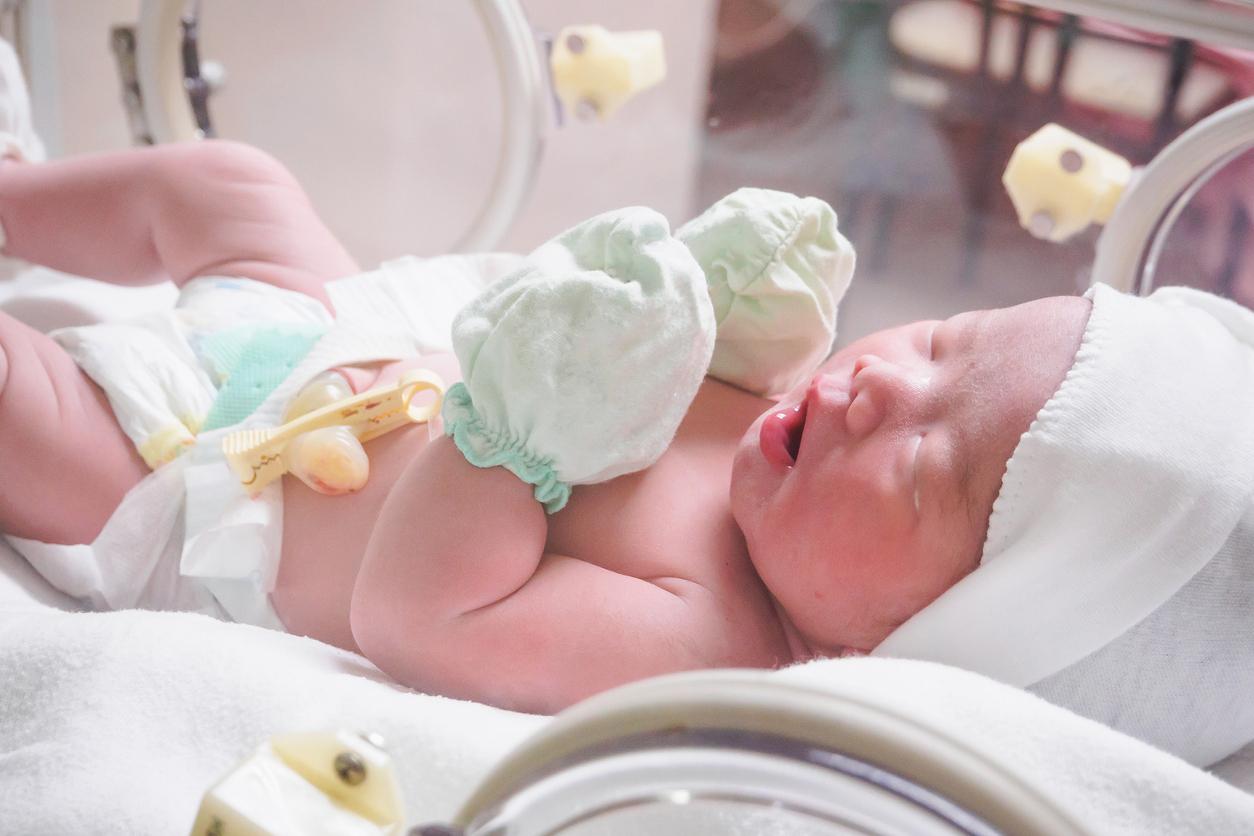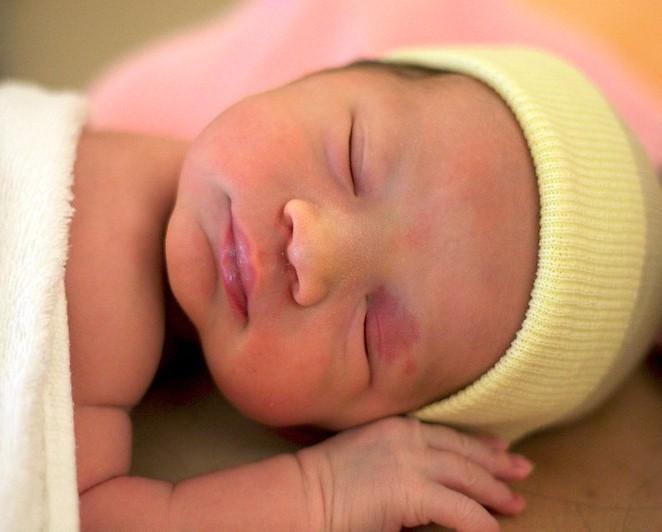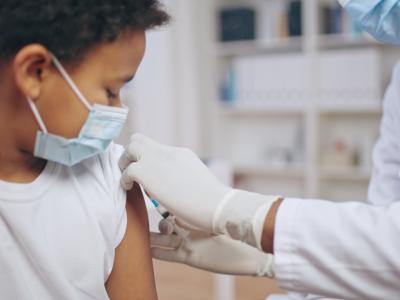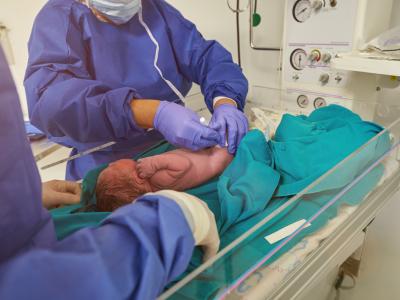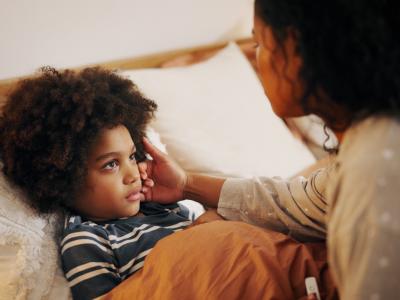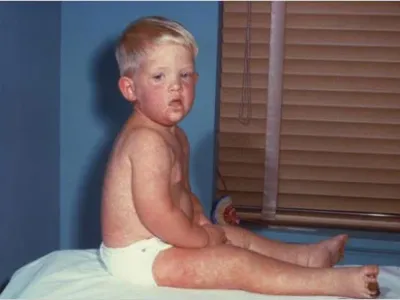In the middle of June, Iran's health ministry reported the country's first two locally acquired dengue infections, the World Health Organization (WHO) said yesterday in an outbreak announcement.
_0.jpg)
The patients with confirmed infections are from Bandar-Lengheh in Homozgan province, located in southern Iran. Neither had a recent travel history, and their illnesses were confirmed at the Pasteur Institute in Bandar Abbas.
As of July 17, Iran's number of locally acquired cases had risen to 12, all from the same city. The WHO said Iran averages about 20 imported dengue cases per year but this year has seen a sharp rise, with 137 reported between May and July.
"The confirmation of local dengue virus transmission in 2024 is therefore an unusual although expected event due to the presence of the vector in the country and movement of people from endemic areas to Iran," the WHO said.
Dengue vectors in 5 provinces
Mosquito surveillance in Iran suggests two mosquitos that carry the virus, Aedes aegypti and Aedes albopictus, are present in five of Iran's provinces: Sistan and Balouchistan, Hormozgan, Bushehr, Khuzastan, and Gilan.
Iran's health ministry has stepped up hospital readiness in response to the emerging threat and has identified high-risk provinces for targeted mosquito control activities. The WHO said it is supporting the ministry to enhance surveillance and by distributing medical and rapid diagnostic supplies.
The WHO said the risk to Iran from dengue is high due to the presence of the vector, favorable conditions for mosquitoes, and movements of people from countries where the disease is endemic into Iran.
